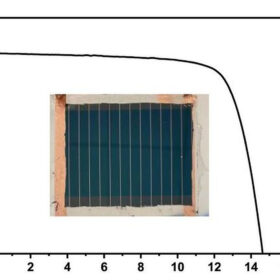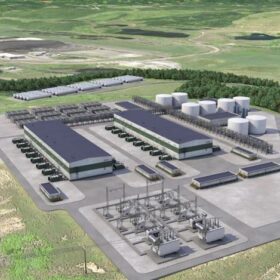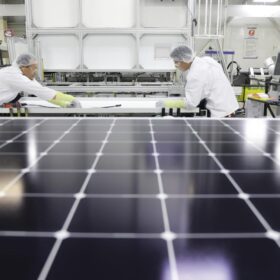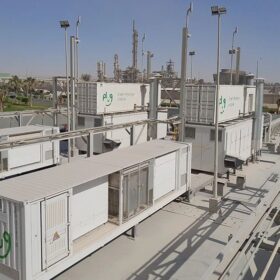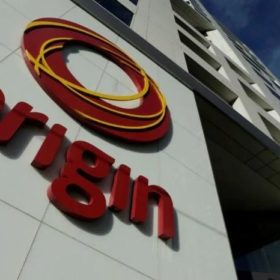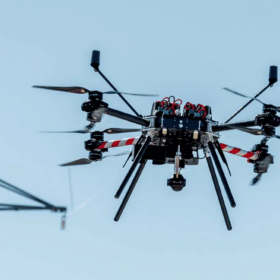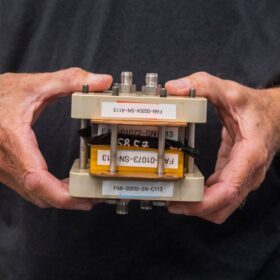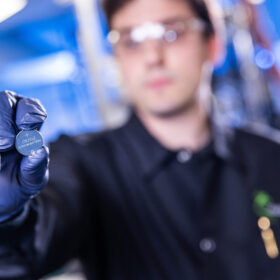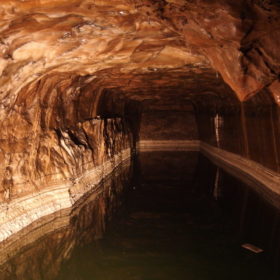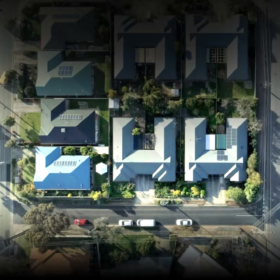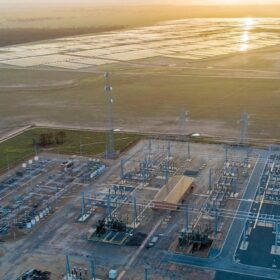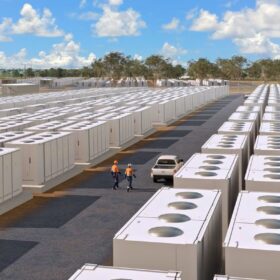Large-area perovskite-silicon tandem PV cell hits record efficiency of 25.1%
Scientists in the United States have achieved a breakthrough in PV cell tech by creating a 24 cm2 perovskite-silicon tandem solar cell. It positions a lithium fluoride interlayer between a hole transport layer and the perovskite absorber to reduce shunting losses.
Fortescue in line for US green hydrogen funding
A green hydrogen collective that includes Australia’s Fortescue is set to share in more than $11 billion (USD 7 billion) of United States government funding as the Biden administration seeks to accelerate the commercial-scale production and deployment of low-cost, renewable hydrogen.
Maxeon Solar Technologies to slash 15% of global workforce
Solar panel producer Maxeon Solar Technologies will lay off 750 employees by the end of the year as the company reels from reduced shipments from its largest distributed generation (DG) customer in North America and an ‘industry-wide demand slowdown’ in global DG markets.
Fortescue does 550 MW electrolyser deal for Gibson Island project
Fortescue is pressing ahead with the development of a 70,000-tonne green hydrogen production facility at Gibson Island in Queensland, tapping North American hydrogen technology company Plug Power to supply 550 MW of electrolysers for the proposed project.
Novel thin-film anti-soiling coating increases solar module yield by over 3%
A group of scientists in the United States saw ‘encouraging’ results after testing the commercialisation of novel coating materials in field tests, with the coating only increasing a panel’s total cost by 1.4%.
Brookfield’s $18 billion bid for Origin approved by ACCC
Australia’s antitrust watchdog has approved Brookfield’s takeover bid for Origin Energy, clearing the way for shareholders to vote on one of Australia’s largest recent corporate buyouts.
Global heavyweights back Infravision’s drone-enabled expansion plans
Australian technology company Infravision plans to “supercharge” the development of its drone-enabled powerline stringing system and software technology solutions after securing a “game-changing” $36 million (USD 23 million) from global energy and utility investors.
Fortescue ‘lead investor’ in US$1 billion electrolyser startup, signs 1 GW supply deal
Fortescue has become a “lead investor” in, and signed a 1 GW supply deal with, US-startup Electric Hydrogen, or EH2. Fortescue, which is pursuing both green hydrogen projects and electrolyser manufacturing, says EH2’s systems produce hydrogen at “transformational” low cost.
Lithium hydroxide from recycled batteries used to make Dragonfly’s cells
Dragonfly Energy is using lithium hydroxide recovered from recycled batteries to manufacture battery cells, with Aqua Metals leading the way in recycling solutions for materials in the supply chains for energy storage and electric vehicles.
Researchers developing cheap hydrogen storage
Oxford Institute for Energy Studies researchers have developed a cost-effective material to absorb hydrogen at non-cryogenic temperatures, which they consider optimal for fuel cell storage systems.
